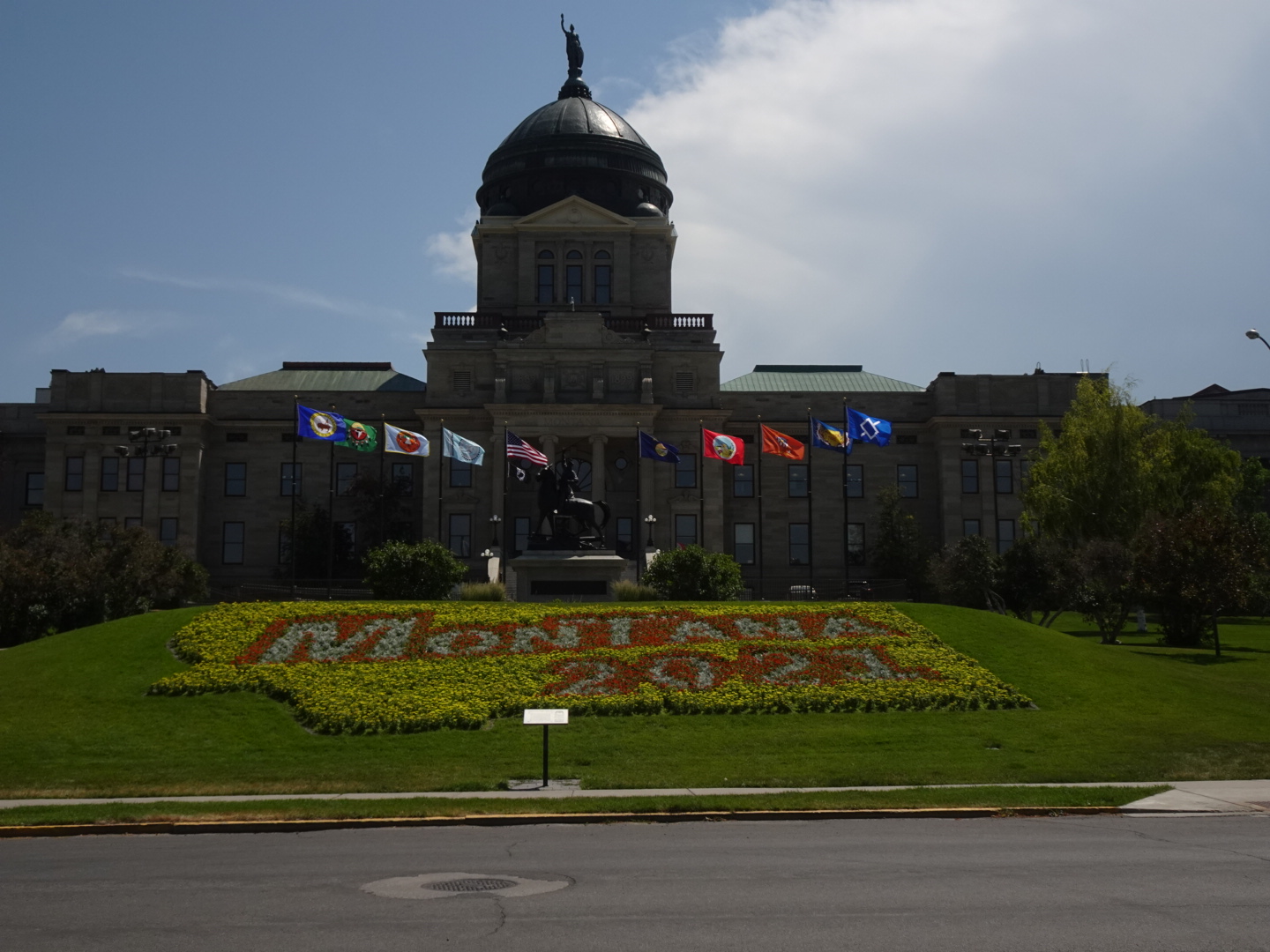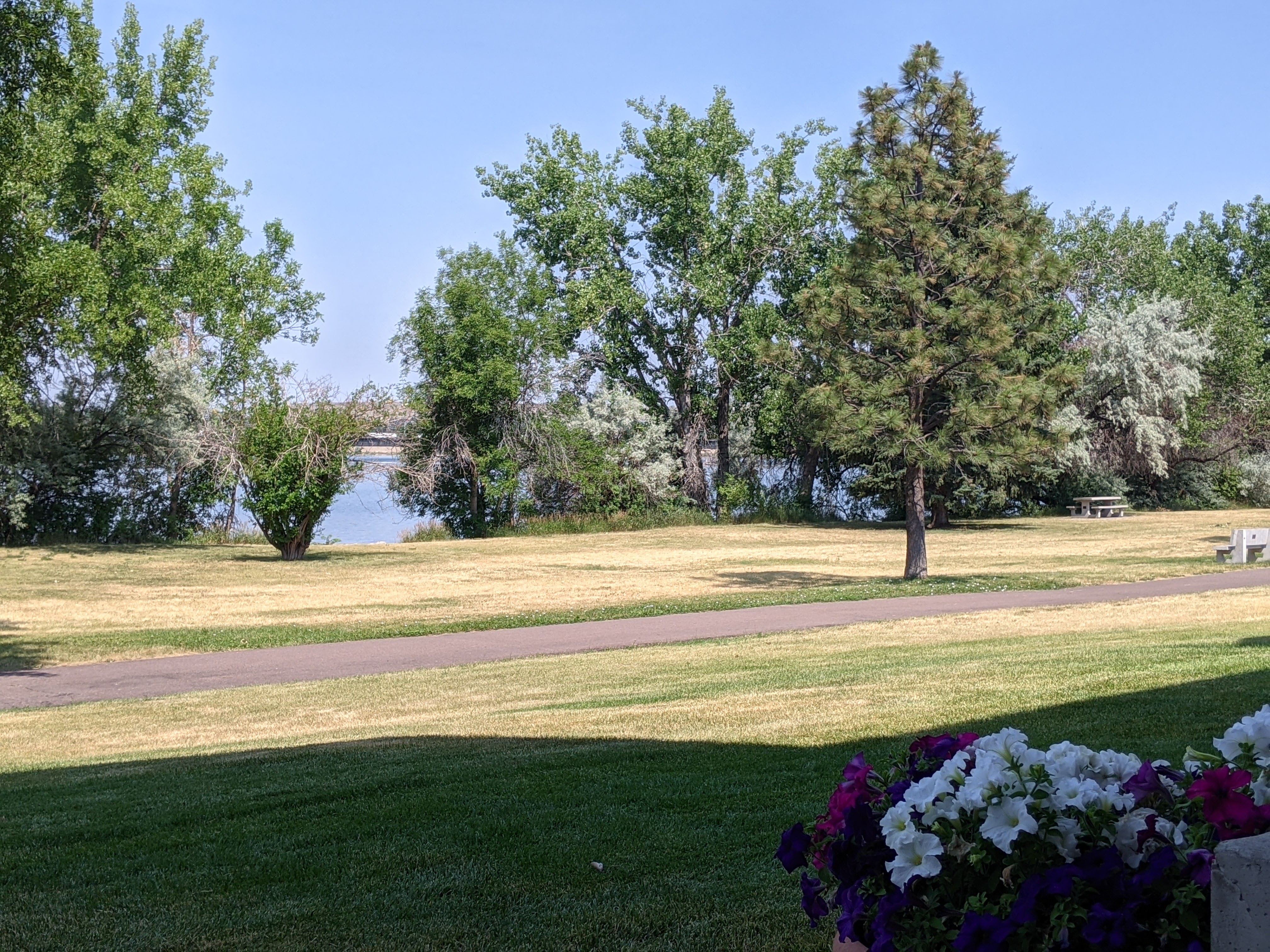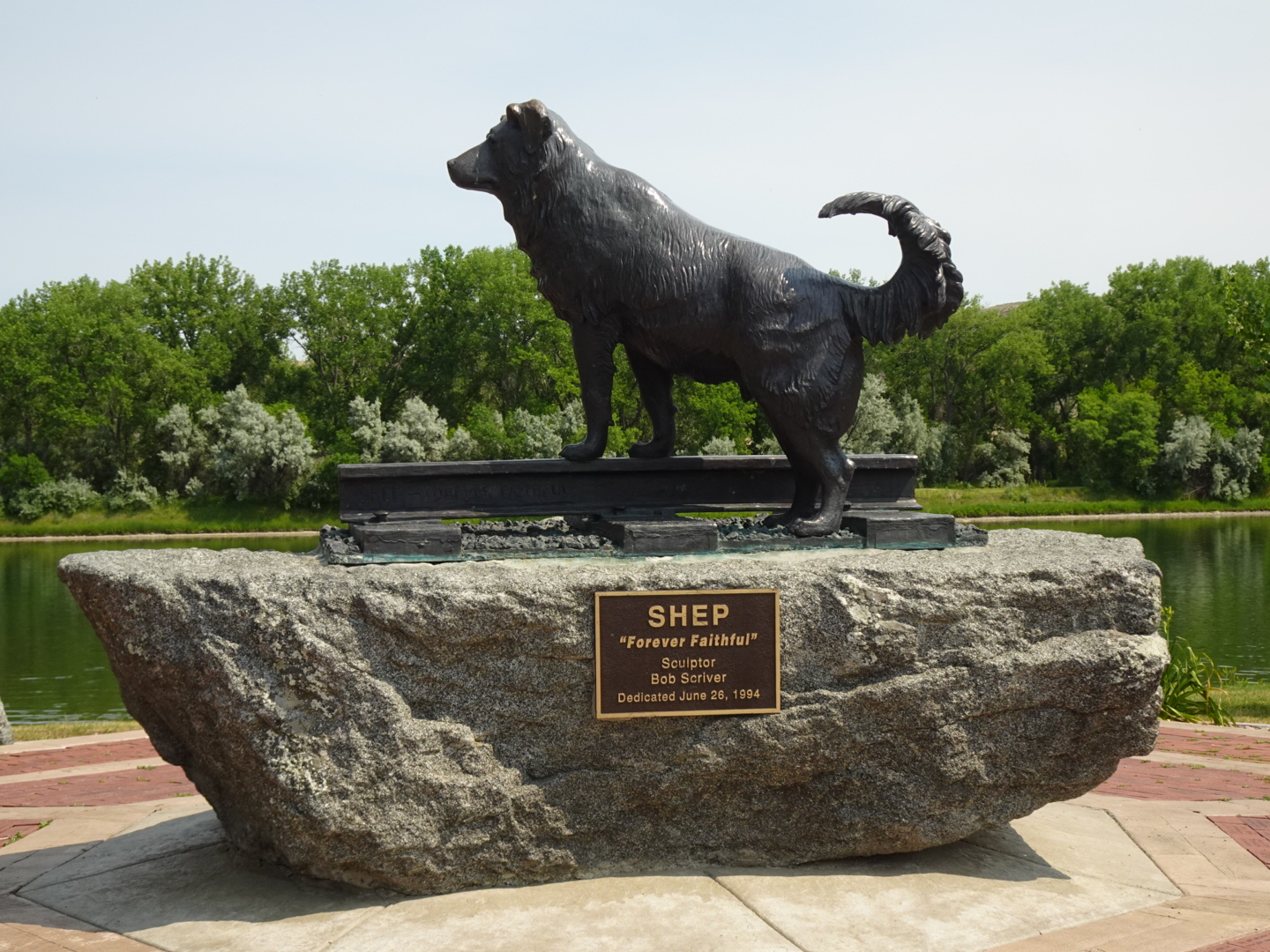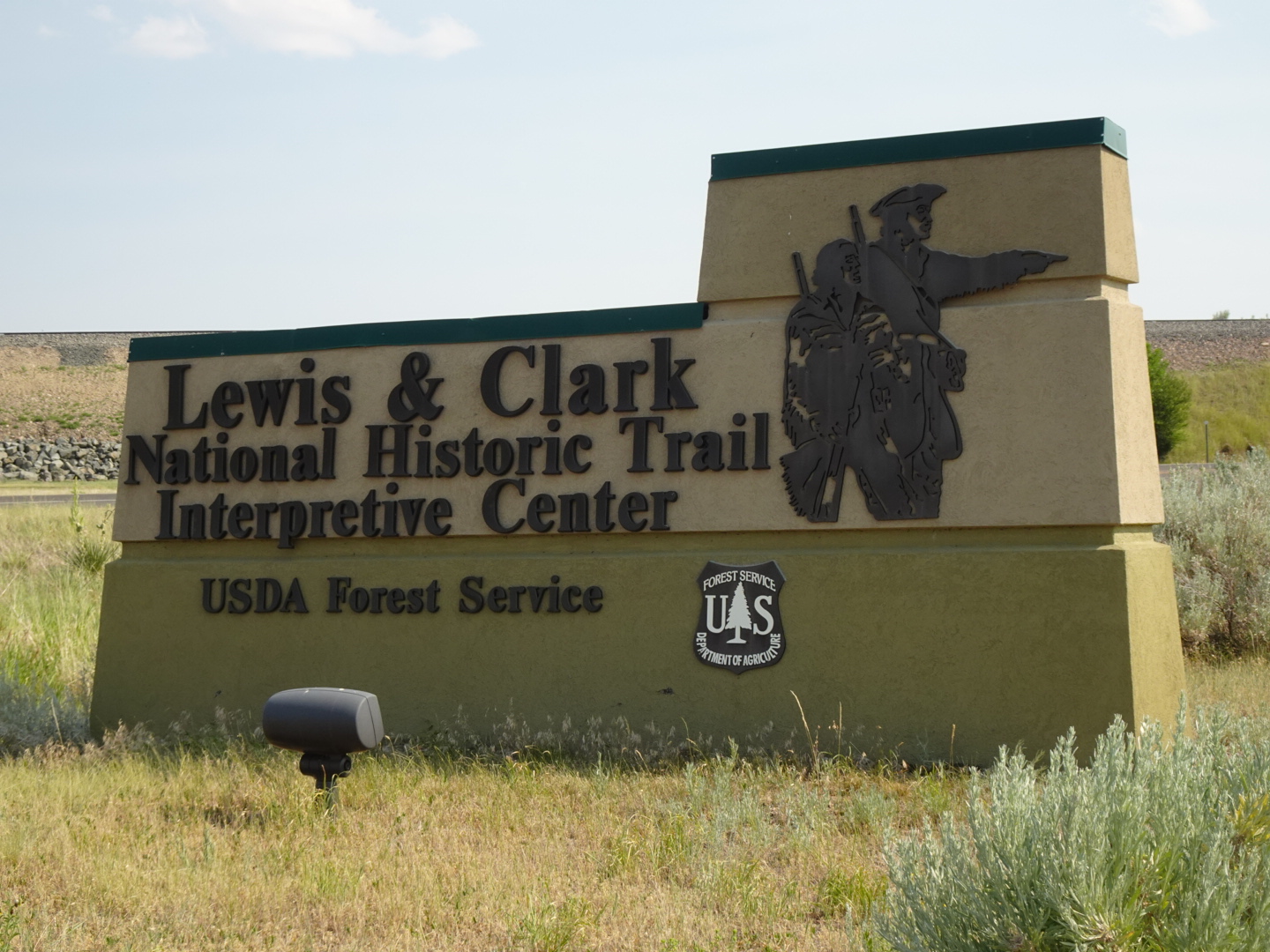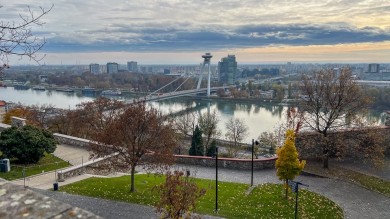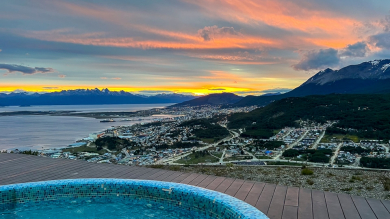On the Road Again..back east (Part 1)
We’ve spent the past five months in the West: Texas, New Mexico, Oregon and Washington, the longest we’ve ever stayed in one region of the country. It’s the end of June and our next reservation is just north of DC in Maryland but we don’t check in there until August 2. So we’re ready to leave Seattle with no definite plan for the month. This is something we never do. I usually try to plan five or six months out. But Covid has created quite the challenge for us this year. We had hoped that by the end of June, the Canadian border would be open and we could return east via the big cities of Canada. And while we were still hopeful that we might be able to do that in the middle of the month, it hadn’t opened yet. We thought about exploring the peninsula of Washington; we’d spent a little time there before but thought there was a lot left to see. Unfortunately, when I searched the Airbnb and VRBO websites I found that there was actually nothing available except for some campers which came with a price tag of more than $300 a night. We considered driving down to Boulder but there were several wildfires between us and there. I didn’t think we were being choosy. I was looking for somewhere that came with a price of not more than $100 a night and that didn’t come with 100 degree temps or a wildfire. Finally, we decided we’d head across the northern US and see what Montana had to offer.
It’s a scenic drive from Seattle across Idaho into Montana. Even stopping in the drive-thru at McDonalds provided us with a pretty view. We were struck by several empty mountain sides, the result of logging. And while we’d traveled this same road east to west previously, we realized, just as we have noticed elsewhere in the world, driving the route in reverse provides a totally new perspective.
Helena, Montana, was our first destination. We’d never been there before and I had found a Victorian Airbnb where we could spend a week. Helena, is the state capital of Montana. Its population is 32,000 which ranks it number six of least populated state capitals. (I found it surprising there are five state capitals with fewer people!) But because there isn’t much around it, it lives much bigger than most cities its size.
Our Airbnb was really an interesting home. The house was built in 1883 by John B Sanford. Mr. Sanford along with his partner, C.G. Evans owned the local feed store. Later Mr. Sanford moved out and Mr. Evans moved in. Although Mr. Evans signed his name C.G. and many called him Chris, his full name was Christmas Gift Evans, thus the name, The Christmas Gift House. We spent a lovely couple of hours with Dina, our host, and Dallas, the man who purchased the house more than 25 years ago and has lovingly been restoring it since that time. They told us story after story about the house as well as Helena and its history. Dallas’ talents are amazing. He has redone stairways, searched for and purchased period appropriate pieces as well as hung wallpaper of the time. The home has both a front and back stairway. In addition, the kitchen and baths have all been redone with modern day conveniences. We truly felt like we had been transported to a previous time. The hot weather had followed us to Helena and we were ecstatic when Dina and Dallas showed up with an air conditioner to make our stay even nicer. If you’re ever in Helena and looking for a place to stay I strongly suggest you check it out. https://www.airbnb.com/rooms/47749514?source_impression_id=p3_1628787130_aGOel2qd43Gcrps1&guests=1&adults=1
Most mornings I would sit on the front porch reading and enjoying my morning coffee as people would walk past on their way to work. One morning I looked up to find a large deer running down the sidewalk, obviously in a hurry to get somewhere.

Despite the fact that Helena is the capital, the focal point of the city is The Cathedral of St. Helena. It dates from 1914. It was designed by A.O. Von Herbulis, an architect from Washington DC and modeled after the Votivkirche in Vienna, that Von Herbulis had seen during his time studying in Vienna. The stained glass windows were designed and installed by a firm in Munich.
There are many interesting buildings in Helena. The state capitol is a pretty complex and is nicely landscaped.
In addition, we saw many beautiful Victorian homes: some are private homes, some businesses and even the original governor’s mansion.
A particularly interesting building was constructed in 1919 as the Algeria Shrine Headquarters. After suffering earthquake damage in 1935 the city purchased the Moorish revival style building and converted it into the Civic Center.
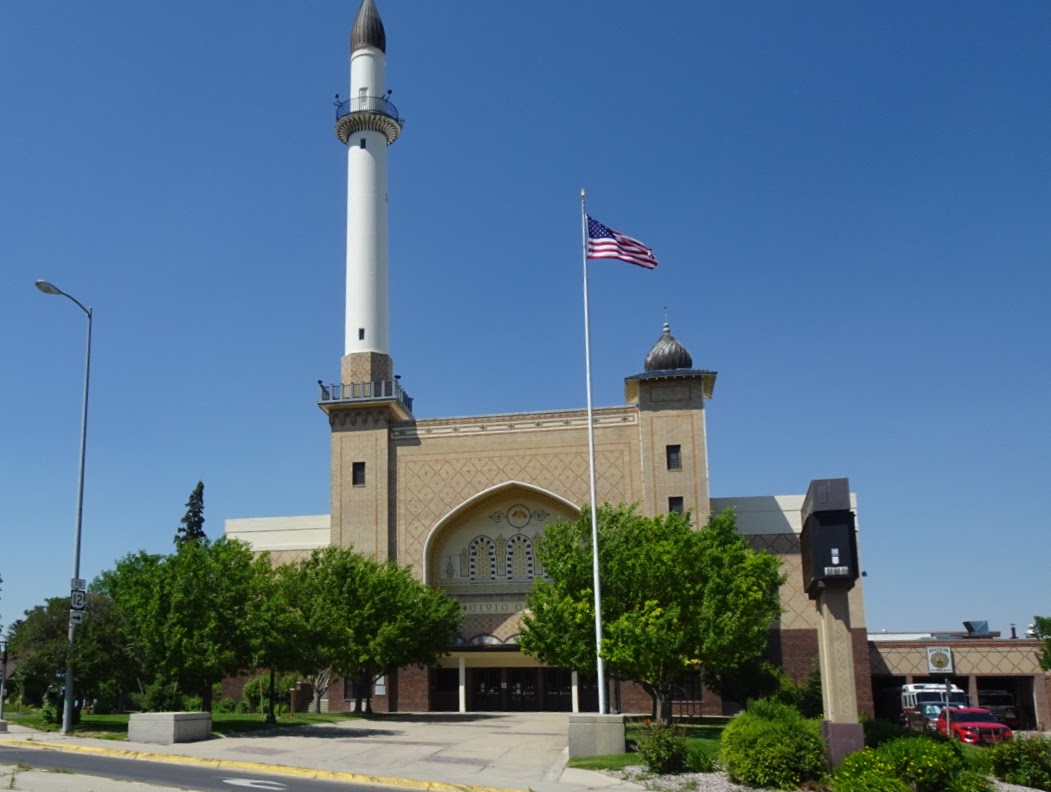
After a week we headed just up the road to Great Falls. We hadn’t eaten breakfast before we left Helena so we were starving when we got there. I checked out Yelp for a place to eat and we hit pay dirt with The Roadhouse Diner https://www.roadhousegf.com/#menu While I opted for something more traditional, Bob ordered the PBJ Burger. Yep, it had peanut butter on the cheese and burger and it was served on a grape jellied bun. Bob said it was delish. He added that he had to order it. After all, when would he ever get the chance again.

The only place I could find to rent here was a hotel room, but it turned out to be a perfect fit. It was just on the edge of town, and it had a kitchenette, and sitting area. In addition, sliders led out to a patio that faced a pedestrian walkway along the Missouri River and we spent most evenings sitting out there.
Fort Benton is about a thirty mile drive from Great Falls, about 27 miles of which are under construction, the old fashioned kind that shake you to the bone as you drive over unconstructed roadway.

Definitely not a pleasant experience. Fort Benton was established as the last fur trading post on the upper Missouri River in 1848. In 1850 it was formally named Fort Benton after Thomas Hart Benton, senator from Missouri. (Not to be confused with Thomas Hart Benton, the artist. The former was the artist’s great uncle.) This was a busy port for many years as it marks the end of navigable water on the Missouri River.
Lots of interesting stories abound. As we approached the town we saw a statue of a dog on the mountainside. Near the river is a memorial to the dog, Shep. It seems that in 1934 a sheepherder fell ill and when he was taken to the hospital, his dog sat outside the hospital door. A kind nun, who worked in the kitchen, fed the dog each day. When the herder died, they took his casket to the train and the dog appeared at the platform. From that day on for the next five and a half years, through bitter winters, and hot summer days, Shep met every incoming train. At first he was shooed away as a mongrel but eventually railroad employees saw to it that he was fed. People tried to adopt him, but Shep continued to return to the railway station. On one icy morning, he slipped on the icy rail and fell into the path of the outgoing train.
This is Lewis and Clark Country. Since grade school we’ve read about their incredible three year journey but it never really struck us before just how challenging the obstacles were that they overcame. We visited the Lewis and Clark Interpretive Center; we stopped at serveral pullouts along the road that explained specifics about their journey. No devices except compasses, stars and rough maps to guide them and then add in the weather, the animals and adversarial conditions they must have encountered. There were about 45 men total who began the expedition. That conjures up visions of many arguments along the way. And if it hadn’t been for Lewis and Clark establishing relationships with several Native American tribes who showed them how to find food, and survive the horrific heat of the summer and the cold of the winter, they never would have made it. It’s beyond anything we can imagine today. How strange we study them as explorers. It seems to me they’re more like American Heroes!
A staff person at our hotel had told us about a park just north of town where we could see the Great Falls. We had seen a smaller falls on our way to the Interpretive Center but were anxious to see the big one.
So before we headed further east we again drove part way up the construction area and then turned off on smaller roads to get to the Great Falls. Imagine our disappointment when we were met with a sign that said, “Road Closed Beyond This Point.”
The drive across Montana is a barren one. We were careful to monitor our gas consumption whenever we entered a place of significant size. (Significant size was any place that had a stop light, a gas station, a place to eat and maybe even a motel.) This is also big wheat country. Some of the counties in this area produce the most wheat anywhere in the country.

We spent a night in Glasgow, which is defines itself as “In the Middle of Nowhere!” Glasgow, Montana, is a town of 3,000 people and is located more than four and a half hours from any town with a population of more than 75,000. Glasgow was determined in 2018 by a group at Oxford University together with the Washington Post to be officially the “Middle of Nowhere.”
Leaving Montana we still had nearly 1900 miles left to get to Washington DC. North Dakota was next and while it’s difficult to conjure up anything in my mind but plains and hockey when I think of North Dakota, I just knew we’d find some surprises along the way!
Editor’s Note: Today’s guest column on the potential for a “business bonanza” in 2025 comes from Manward Press Chief…
Copyright © 2025 Retiring & Happy. All rights reserved.


